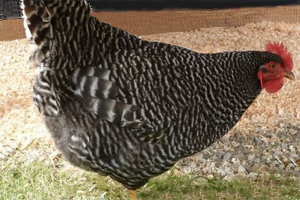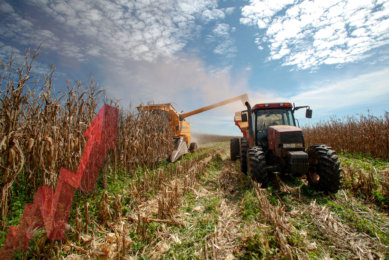Kenya: Farmers creating own feed due to rising costs

Due to rising costs of production, Kenyan farmers have started to formulate their own feed. Feed prices in the East African nation have seen an upward trend, eating into the profit of many poultry farmers. Could formulating your own feed be a feasible alternative?
The low prices, coupled with high cost of feeds, has made the poultry business a struggle for many farmers. An egg in retail shops across Kenya is going for between USD$ 0.11 and $0.13, with a tray of 30 being sold from as low as $3.1 by wholesalers.
Mixing your own poultry feed ingredients
Feeds comprise of up to 30% of the cost of production in the business. Making own feeds, therefore, becomes the easiest way to bring the cost down. Some of the ingredients used include maize bran, wheat pollard, sunflower seeds and fishmeal. A 50kg bag of chick mash is sold in Nairobi at an average of $33. Growers mash and layers mash, on the other hand, go for $26.
Andanje says “I buy a kilo of maize bran at $0.24, lime at $0.08 and salt at $0.16. The other ingredients like wheat pollard and fishmeal go for not more than $0.33 dollars a kilo,” said the farmer. Andanje learned making feeds from a fellow farmer at a fee. “The most costly ingredient is chicks’ premix that I buy at $5.5 a kilo, with that of layers and growers going for $3.2. It costs me $18 to make my own 50kg bag of layers mash,” he said.
Mixing own feeds is not enough to bring down production costs
Making own feeds helps farmers to compete favourably in the market, which is flooded with cheap imports, that come from Uganda and South Africa. Farmers have complained of the cheap imports but Kenya is a free market. However, making own feeds is not good enough to significantly bring down the cost of production for Kenya’s poultry farmers. Many are now adopting in droves the semi-intensive system as they embrace indigenous (kienyeji) breeds. Under the system, the birds are allowed several hours every day to roam the compound and forage for feeds.
Bernard Moina, an agricultural extension officer in western Kenya, noted that when making own chick or layers mash, farmers should ensure the feeds have carbohydrates, proteins, vitamins, grit and salt. Farmers should also watch against aflatoxin, exhibited in the form of mould, on cereal ingredients they use.
Source: Xinhua











